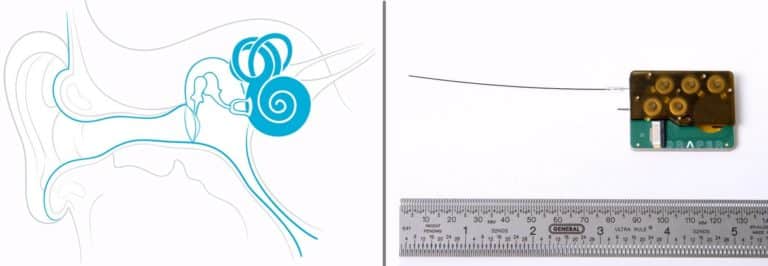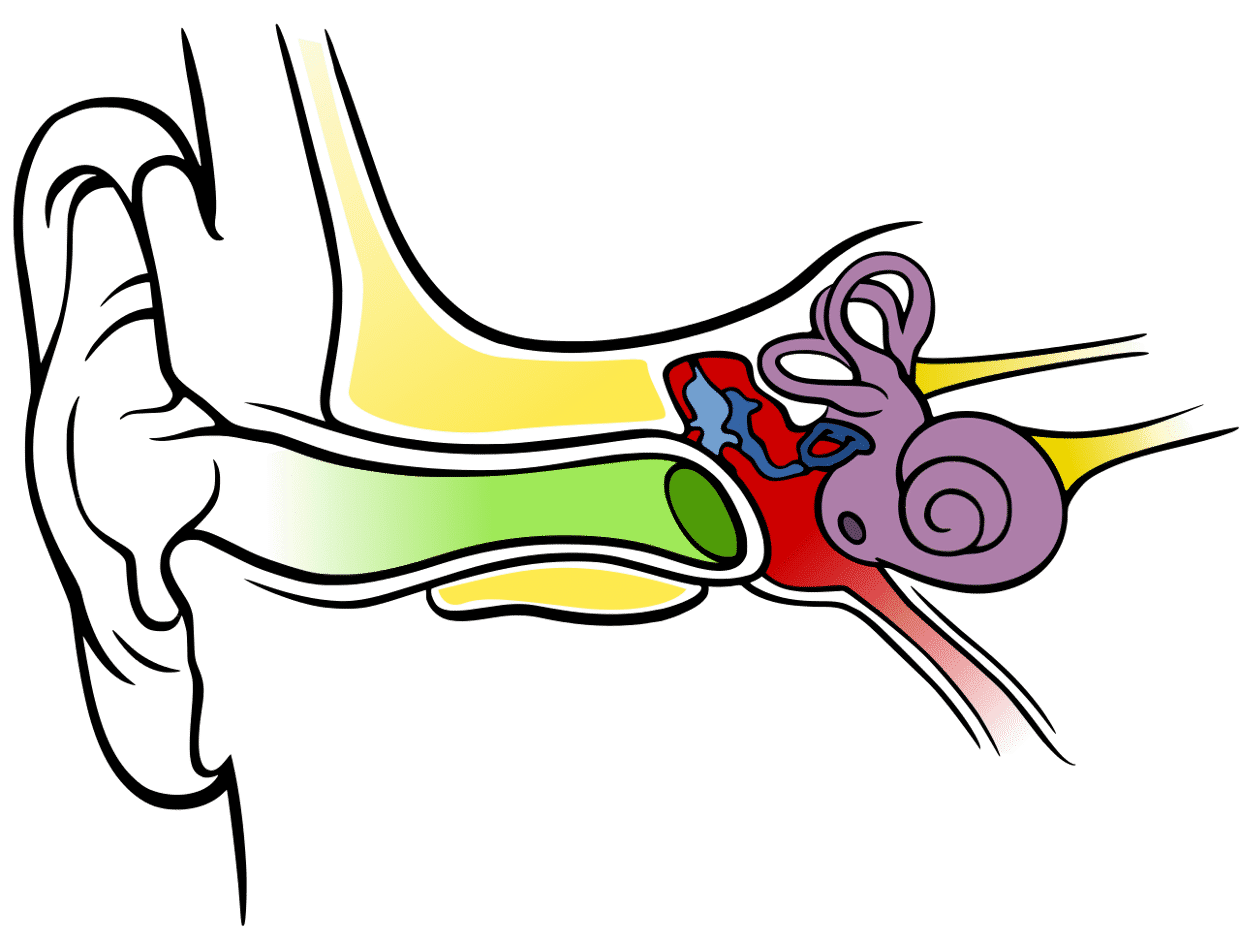Novel Drug Delivery Device for Inner Ear Disorders Developed
While there continues to be a growing number of companies developing drugs to treat inner ear disorders, the inner ear remains a particularly challenging organ for targeted drug delivery. Now, however, a novel device to deliver drugs to the inner ear will undergo preclinical testing in an industry consortium.
With funding from the National Institute of Deafness and Other Communication Disorders (NIDCD) and in collaboration with clinicians and researchers at Massachusetts Eye and Ear, Draper developed the novel drug delivery device.
Inner ear disorders comprise the largest and most serious class of diseases responsible for hearing loss, accounting for 250 million people worldwide. Even with a rapidly expanding pipeline of potential inner ear therapeutics, the inner ear, in particular, the cochlea, remains a challenging organ for targeted drug delivery.
Draper has now developed the intracochlear drug delivery device to address a number of major challenges in treating hearing loss. For instance, many therapeutic compounds for treating auditory disorders are toxic or have severe side effects when delivered systemically. Injectable therapies encounter a challenge of another kind: the inner ear’s protective round window membrane isn’t easy to permeate.

Draper teamed up with CILcare and CBSET to form an industry-backed consortium. Between CILcare’s preclinical models for hearing loss and CBSET’s GLP-compliant laboratories, the group is hoping that pharma companies with hearing loss drug candidates will invest $50,000 for a two-year membership.
As part of the consortium, industry members can study their drug products with Draper’s device using preclinical models from CILcare and CBSET, according to the group.
“Today’s treatment of inner ear diseases is hampered by the shortcomings of available drug delivery technology,” said Jeff Borenstein, Lead Scientist for Drug Delivery at Draper. “For diseases of the inner ear, clinical research and treatment have been held back by the need for a safe, direct and effective intracochlear drug delivery method. We address this challenge with Draper’s device—the first implantable and programmable micropump that provides targeted, controllable and extended drug delivery. With this consortium, we can advance development and optimize the ICDD as well as accelerate testing and delivery of hearing loss drug candidate compounds and combination therapies on behalf of researchers who invest in the consortium evaluation program.”
“Hearing loss disorders are a global phenomenon, but there is currently no drug to treat the condition,” said Célia Bellini, CEO of CILcare, a leading clinical research organization (CRO) specializing in ear disorders, with offices in Boston, Paris, and Montpellier, France. “Our consortium aims to provide the partnered companies with proof-of-concept data on the efficacy of delivering their compounds using Draper’s ICDD in animal models, an indispensable step before going into human clinical trials.“
The group is still working on a form factor for the device. It could be wearable or completely implantable, Borenstein said.
In the device’s simplest form, it could have just one reservoir with a liquid formulation that is delivered on a regular basis. But the device could also have multiple reservoirs to target different types of cells within the inner ear, according to Borenstein.
If a company was concerned about drug stability, they could store powder and have on-board mixing in the device.
“It can become almost like a little chemical processing plant on a chip,” he said.






















